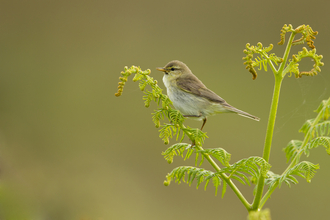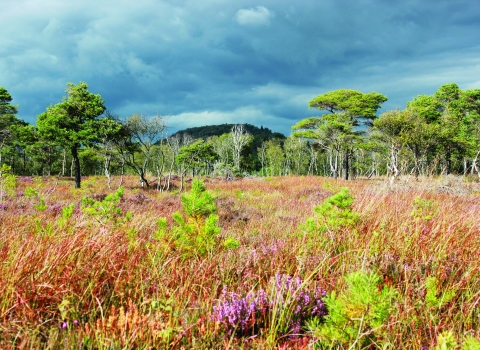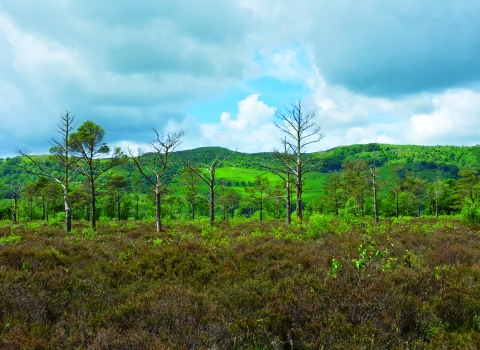
Green woodpecker © Margaret Holland

Early purple orchid © Tony Saunders

Black darter dragonfly © Tony Saunders


Location
OS Map Reference
Events may meet at The Cumbria Grand Hotel, Grange-over-Sands. Check ticket for details.1:50,000. Sheet no. 97
Windermere Road entrance.
Grid reference: SD 41106 79175
Getting here
By car:
From Grange-over-Sands, take B5271 Windermere Road towards Lindale. Parking is in a layby on the right-hand side of the road approximately 1km/0.64 miles after the mini-roundabout.
Alternatively, park near Grange Railway Station and approach the reserve on foot via the driveway to the Netherwood Hotel. Once in the hotel car park, a track continues up hill to the left. (GR: SD 412 791) Follow this until the reserve is reached.
The Trust also has an access arrangement with the Cumbria Grand Hotel on the B5277 approach to Grange-over Sands. Cars may be parked in the hotel car park and the reserve accessed through the hotel woodland (GR: SD 415 788) and a gate in the boundary (hotel guests have priority parking).
By bicycle:
The reserve is on National Route 70 Walney to Wear (W2W) and National Route 700 The Bay Cycleway.
By public transport:
Trains run from Barrow-in-Furness, Ulverston and Lancaster to Grange-over-Sands. Buses run from Kendal to Grange-over-Sands.
View on What3Words
Know before you go
Dogs
When to visit
Opening times
Open all yearBest time to visit
All year roundAbout the reserve
Wildlife highlights
- Watch elusive hawfinches using their powerful beaks to open cherry and hornbeam seeds
- Look out for yellow meadow ant hills on Blawith Hill – green woodpeckers can sometimes be seen feeding on them
- In spring - display of bluebells and other spring flowers in the woodland
- In summer - grassland flowers continue the show where bird's-foot trefoil, common knapweed, eyebright, pignut and wild thyme flourish
- In autumn - Merlewood Bank is a great place to see colourful waxcap fungi
What makes Brown Robin nature reserve so special?
This is a typical limestone woodland of ash and hazel with yew forming dense stands in places.
A magnificent display of bluebells, wood anemone, wild garlic and primroses carpet the woodland in spring, while spurge laurel, a small shrub with highly-scented flowers, thrives here at the northern edge of its range in Britain.
Stinking iris, a plant that gets its name from the smell of fresh meat given off when its leaves are crushed, is another plant more commonly found further south. It thrives here although is probably introduced.
Grasslands
The grasslands have been fertiliser-free for many years and are grazed by cattle, which encourages wildflowers.
Merlewood Bank and the Top Fields are great places to see bird’s-foot trefoil, common knapweed, pignut and wild thyme, which flourish in the summer.
Keeping it special
Historically the woodland would have been coppiced on a regular basis. Recently, we've re-introduced coppicing to a small enclosure within the wood. The fence ensures that the coppice regrows, as there is a large roe deer population in the area.
The grasslands have had no fertiliser application for many years and we graze them with both cattle and sheep to maintain the species diversity.
Recent history
The nature reserve was given to the Trust in 1977 by Miss Mary Widdup.
Species
Habitat
Contact us
Environmental designation
Did you know?
Spindle, a low-growing tree with vivid pink berries, was once used to make spindles and bobbins, giving the tree its name.
Take a virtual tour of Brown Robin Nature Reserve
Upcoming events at Brown Robin Nature Reserve
If there are any upcoming events at Brown Robin Nature Reserve we'll show them to you below.

Support our conservation work on this nature reserve,
and protect Cumbria's wildlife & wild places.




